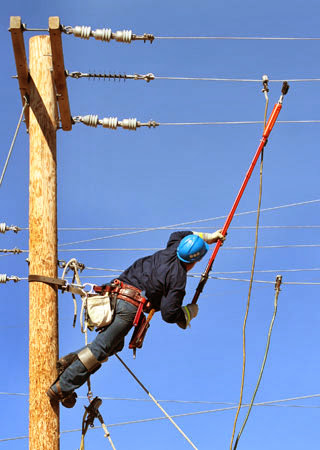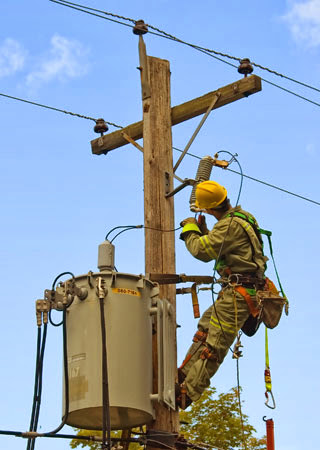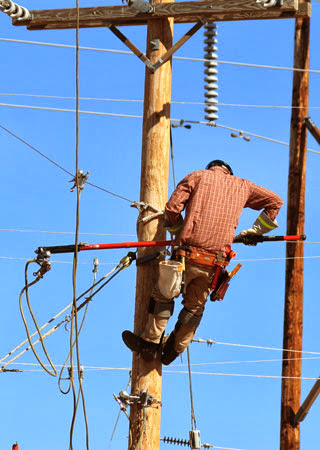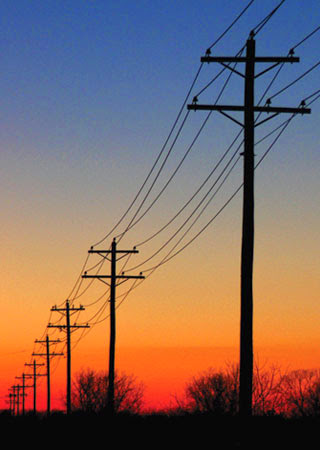DISCLAIMER: The Western Wood Preservers Institute believes the information contained herein to be based on up-to-date, scientific and economic information and is intended for general information purposes. In furnishing this information, the Institute makes no warranty or representation, either expressed or implied, as to the reliability or accuracy of such information; nor does the Institute assume any liability resulting from use of or reliance upon the information by any party. This document should not be construed as a specific endorsement of warranty, direct or implied, of treated wood products or preservatives, in terms of performance, environmental impact, or safety. The information contained herein should not be construed as a recommendation to violate any federal, provincial, state or municipal law, rule or regulation, and any party using or producing pressure-treated wood products should review all such laws, rules or regulations prior to using or producing treated wood products.
The North American Wood Pole Council is an independent council representing the producers and suppliers of wood poles and crossarms in North America. The primary focus of the council is to support and sustain the use of wood poles and provide information to designers, specifiers and users of the products.
This app is intended to provide users with pertinent information from a variety of sources. While the Council seeks to provide the most current and accurate information with this app, no warranty as to the accuracy of the information is intended or implied.
Please review the disclaimer by clicking the button below and make your own independent evaluation of the information provided in this app.
DISCLAIMER: The Western Wood Preservers Institute believes the information contained herein to be based on up-to-date, scientific and economic information and is intended for general information purposes. In furnishing this information, the Institute makes no warranty or representation, either expressed or implied, as to the reliability or accuracy of such information; nor does the Institute assume any liability resulting from use of or reliance upon the information by any party. This document should not be construed as a specific endorsement of warranty, direct or implied, of treated wood products or preservatives, in terms of performance, environmental impact, or safety. The information contained herein should not be construed as a recommendation to violate any federal, provincial, state or municipal law, rule or regulation, and any party using or producing pressure-treated wood products should review all such laws, rules or regulations prior to using or producing treated wood products.
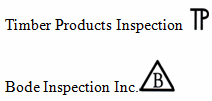
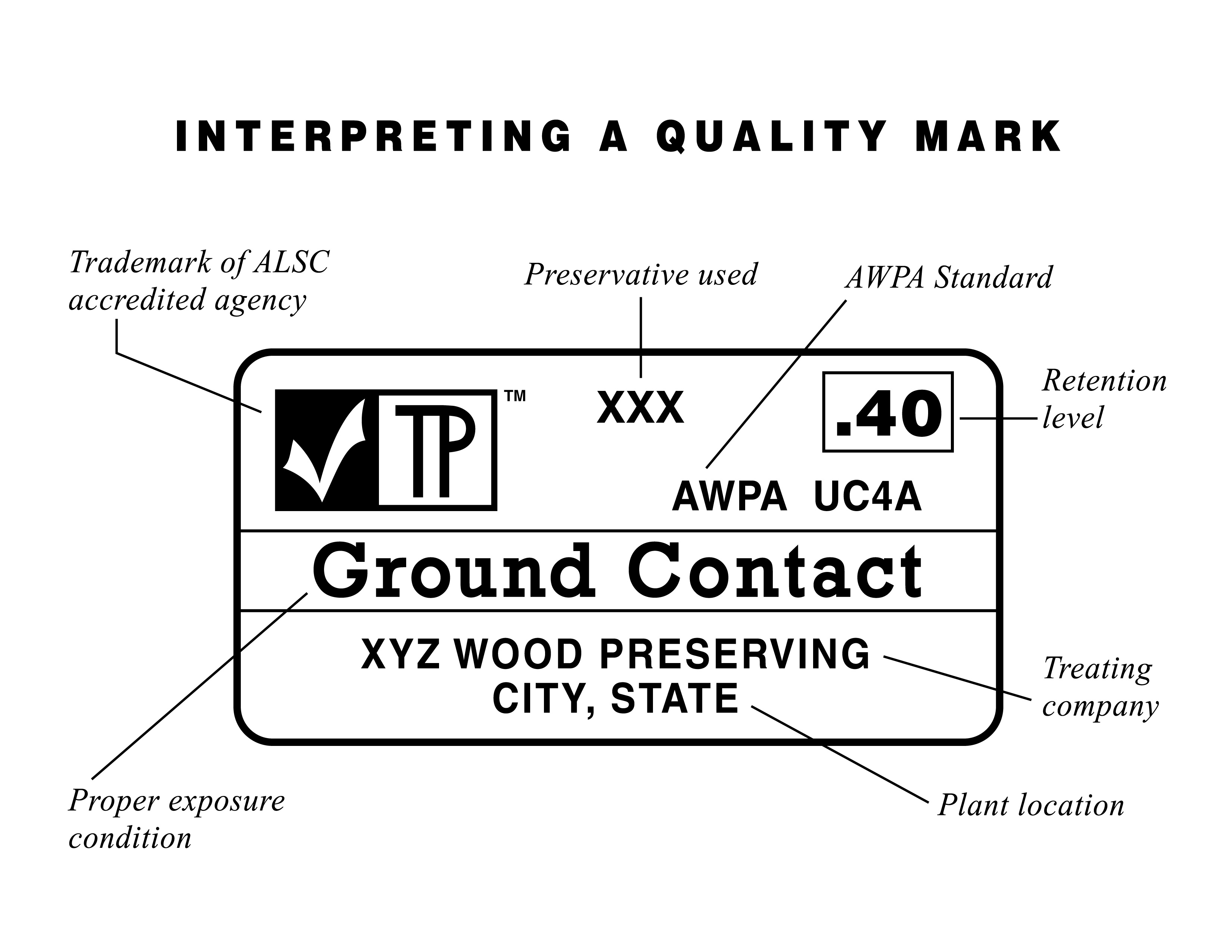
Case History of a Pole Purchase:
Brunswick EMC's Oak Island Distribution Line
Case History of a Pole Purchase: Columbia Power Selects Wood Poles for New Double Circuit Transmission Line
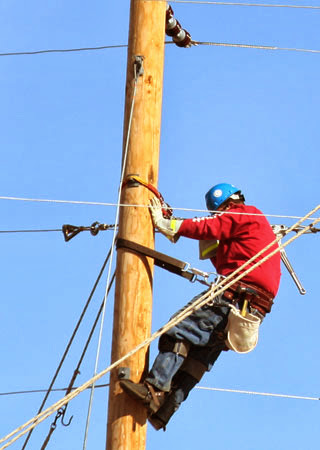
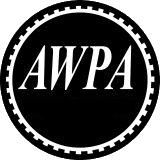
This is WWPI’s interpretation of the 2013 AWPA Book of Standards, it is not an official AWPA Document. Used with Permission
Use this tool to search by Species, Pole Class/Minimum Top Circumference and Length to determine the Minimum Circumference in inches at 6 ft. from butt, per ANSI standards.
You can use the "share" and "send" buttons within the tool to send results to any email address(es) for later reference.
The North American Wood Pole Council believes the information contained in this spreadsheet to be based on up-to-date scientific information and is intended for general informational purposes. In furnishing this information, the Council makes no warranty or representation, either expressed or implied, as to the reliability or accuracy of such information; nor does the Council assume any liability resulting from use of or reliance upon the information by any party.
This spreadsheet should not be construed as a specific endorsement or warranty, direct or implied, of treated wood products or preservatives in terms of performance, environmental impact or safety. The information contained herein should not be construed as a recommendation to violate any federal, provincial, state or municipal law, rule or regulation, and any party using or producing pressure treated wood products should review all such laws, rules or regulations prior to using or producing treated wood products.
Use this tool to search by Species, Pole Class and Length to determine total weight.
You can use the "share" and "send" buttons within the tool to send results to any email address(es) for later reference.
* actual weight will depend on the preservative selected. Contact your supplier for total weight at time of shipping.
Best Management Practices (BMPs) are recommended guidelines for the production and installation of treated wood products destined for use in aquatic and wetland environments. The guidelines were developed through an industry consensus process, based on the core philosophy of chemical minimization.
The following sections provide an overview of the BMPs for treated wood in aquatic and wetland environments. For the full Best Management Practices guide, click the link below (3 MB):
The National Electric Safety Code requires inspections of utility poles and lines "at such intervals as experience has shown to be necessary." Most utilities conduct such inspections -- on wood, steel and concrete poles -- on a regular basis to maintain system reliability and protect public safety.
Because of its susceptibility to decay, especially at the ground line, wood poles should be inspected on a regular basis to identify early stages of decay and take the needed preventative measures. Inspecting wood poles can be done in a variety of way to ensure the pole remains structurally sound and is not compromised by decay or insect damage. Techniques used to inspect the servicabilty of the pole range from a hammer and probe to boring to check the status of preservatives. New digital technology is also in development that can check for potential issues that require remediation.
Should remediation be necessary, there are a number of professionally field-applied preservatives that can halt and control decay. If a pole is found to be at high risk, it can and should be replaced, thus extending the life of the full line. Good maintenance programs can double the service life of a line.
A wood pole line should be inspected initially after 15 to 20 years of service, depending upon the decay hazard where the poles are installed. Inspection of a wood pole line will normally consist of sounding the pole with a hammer in the above-ground areas, excavation around the pole for several feet below the ground line and inspection for external decay in the ground line area.
Boring into the wood poles can help check for internal decay in the ground line area. If decay is found, it can be removed on the exterior surface while any interior decay can be treated with a supplemental preservative. Wrapping the pole with a preservative wrap in the ground line area prior to backfilling is an effective method used to remediate a wood pole and extend its service life.
Poles subjected to repeat inspections on an 8-12 year basis, depending upon the decay hazard in the area, can last 75-100 years.
Avoid frequent or prolonged skin contact with treated wood poles. When handling treated wood poles, wear long-sleeved shirts and long pants and use gloves impervious to the chemicals (for example, gloves that are vinyl coated).
Follow good personal hygiene after handling wood from treated utility poles. Wash hands and any exposed areas thoroughly after handling treated wood poles, especially before eating, drinking or using tobacco product.
Avoid inhalation of sawdust from treated wood utility poles. When sawing treated utility poles, wear a dust mask. Sawing operations should only be performed outdoors. When power-sawing, wear goggles to protect eyes from flying particles. Treated wood from utility poles may contain materials which cause skin irritation.
If preservative or sawdust from treated wood poles accumulates on clothes, launder before reuse. Launder work clothes separately from other clothing.
Dispose of treated wood by ordinary trash collection or burial. Treated wood should not be burned in open fires or in stoves, fireplaces or residential boilers because toxic chemicals may be produced as part of the smoke and ashes. Treated wood from commercial or industrial use (e.g. construction sites) may be burned only in commercial or industrial incinerators or boilers in accordance with State and Federal regulations.
